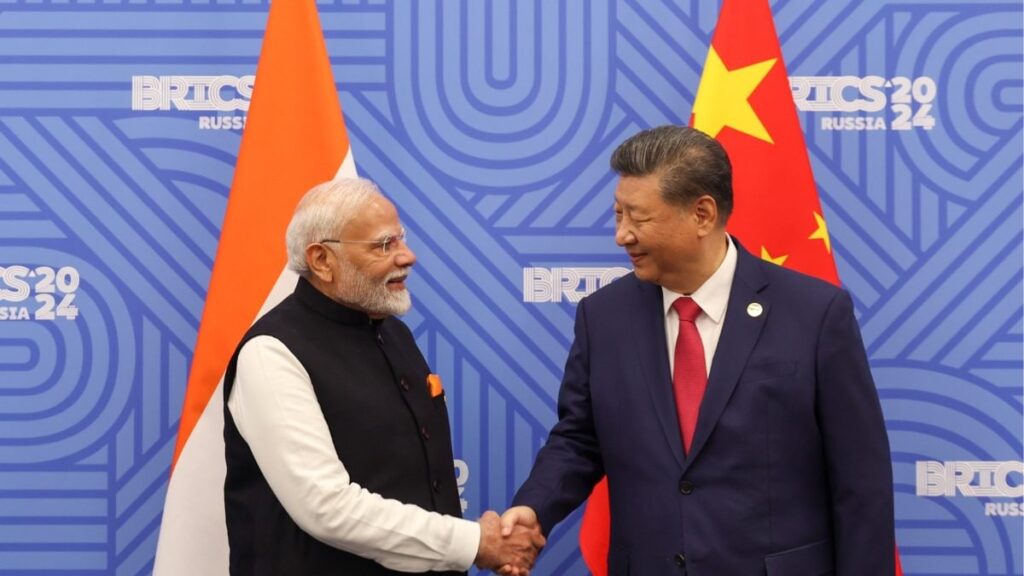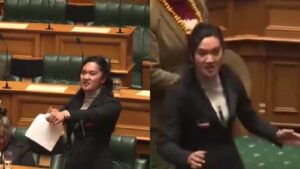How India, China Reached Complete Disengagement Deal Over 6 Months | Inside Story

Last Updated:
Top sources said the disengagement and de-escalation on the LAC will be quick as well, with both sides eager to move fast to settle the issue
Prime Minister Narendra Modi and Chinese President Xi Jinping. (Image: X/@narendramodi)
Prime Minister Narendra Modi met with Xi Jinping, President of the People’s Republic of China, on the sidelines of the 16th BRICS Summit at Kazan on October 23, the first bilateral meeting between the two leaders in five years. The Galwan Valley clash had led to a deterioration in relations between both sides and tensions at the Line of Actual Control (LAC).
This comes after India and China declared disengagement at all friction points at the LAC two days ago. So how was it achieved?
The inside story we have from top government sources is that China was also eager to resolve the LAC issue lately. Modi’s twin visits to Russia in the past three months, despite US pressure, got China on board for an agreement, top sources said. The talks reached an advanced stage in the last six months, leading to full disengagement now.
Top sources said the disengagement and de-escalation on the LAC will be quick as well, with both sides eager to move fast to settle the issue. Patrolling from India and China will also begin soon on both sides of the LAC. The de-induction of troops will be the final step which will depend on India’s “watch and verify approach” with China.
This urgency reflected in PM Modi’s talks with Xi Jinping as well. Modi welcomed the recent agreement for complete disengagement and resolution of issues that arose in 2020 in the India-China border areas, and underscored the importance of properly handling differences and disputes and not allowing them to disturb peace and tranquillity.
The two leaders agreed that the special representatives on the India-China boundary question would meet at an early date to oversee the management of peace & tranquillity in border areas and to explore a fair, reasonable and mutually acceptable solution to the boundary question.
The relevant dialogue mechanisms at the level of foreign ministers and other officials will also be utilised to stabilise and rebuild bilateral relations, a statement from India said.
The two leaders affirmed that stable, predictable, and amicable bilateral relations between India and China, as two neighbours and the two largest nations on earth, will have a positive impact on regional and global peace and prosperity. It will also contribute to a multi-polar Asia and a multi-polar world.
The leaders underlined the need to progress bilateral relations from a strategic and long-term perspective, enhance strategic communication, and explore cooperation to address developmental challenges.
Thirty-one rounds of diplomatic meetings and twenty-one rounds of military talks over four years, and two crucial meetings between foreign minister S Jaishankar and his Chinese counterpart Wang Yi in July have paved the way for India and China to achieve an agreement over disengagement at the LAC.
There were seven points of conflict on the LAC since the Galwan Valley clash in 2020, five of which had seen disengagement but the troops from both sides remained in an eyeball-to-eyeball conflict in the Depsang Plains and Demchock.
Both sides have now disengaged on the remaining two points too.



